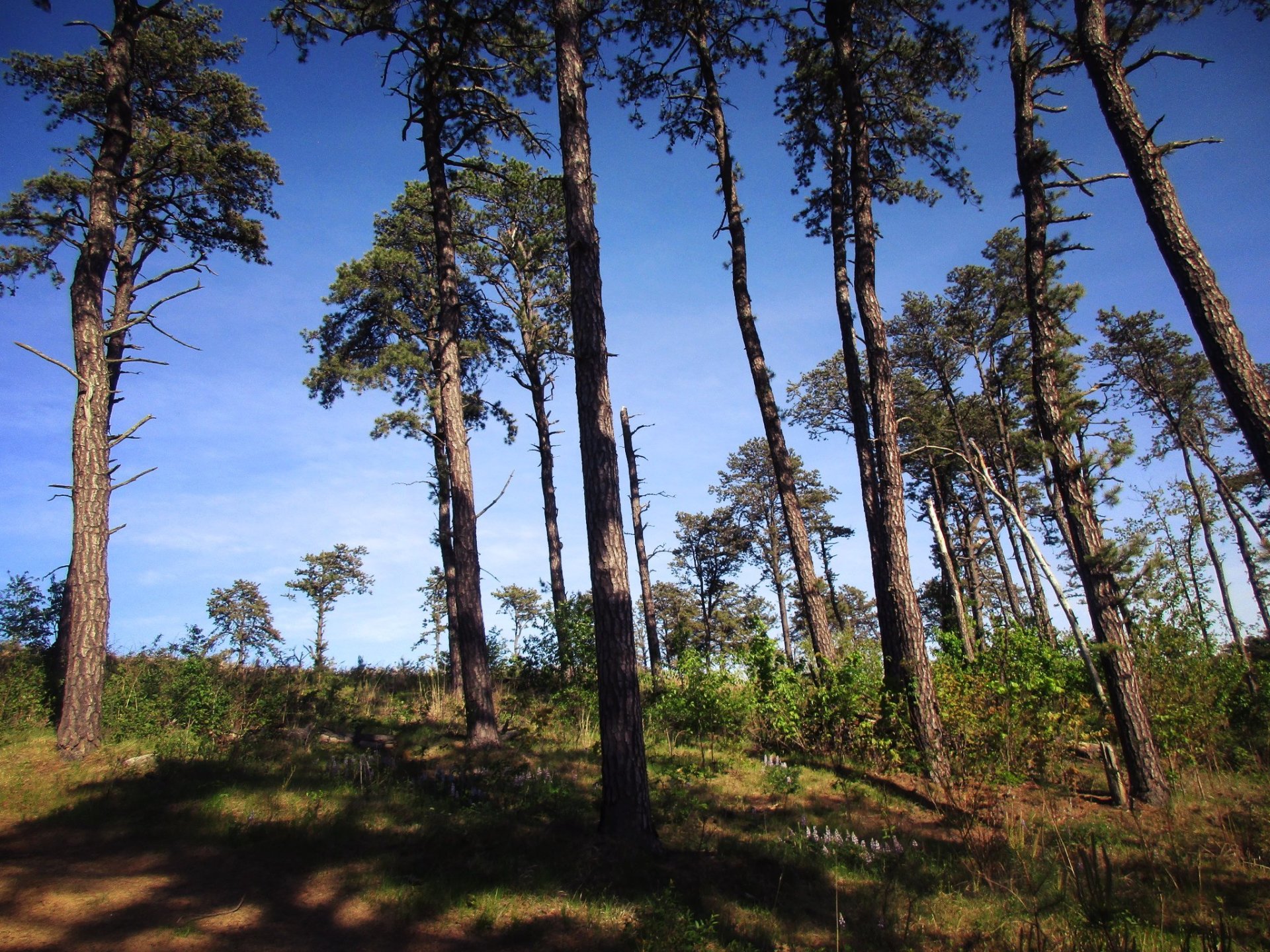By Daniel Van Riper
Every time the City of Albany Common Council Members approve a “development” in the Pine Bush, it results in a loss of revenue to the City that can only be made up by raising taxes. In other words, this year’s tax hikes are directly caused by the last few years of Pine Bush building approvals.
Deceptive and/or ignorant politicians are fond of repeating the phony story that these approvals “expand the tax base” and thus bring in more tax revenue. But the exact opposite is true. The tax base actually shrinks, and revenue drops. Here’s how it works.
Pine Bush building approvals are extensions of the City of Albany. New infrastructure is being built, subsidized by taxpayers. This means new roads, storm drains, sewer lines, waterlines and power lines. Garbage collection and disposal needs must be met, and mass transportation must be provided. New sources of pollution, such as runoff from parking lots must be dealt with.
Police, fire, medical and administrative services for a large and relatively sparsely populated area must be provided. In addition, as the years go by, things need to be fixed and replaced and personnel must be paid. The outlay for all this is very expensive. It is so expensive that tax revenue collected from the new “developments” is LESS than the cost of new services provided.
Not surprisingly, the City of Albany has shown no interest in doing an impartial cost analysis of Pine Bush approvals. However, study after study of specific theaters of sprawl across America have shown that for every dollar of tax revenue collected from sprawl developments, municipalities pay $1.34 in services. This figure is an average of many dozens of studies, a good number of which were done in New York State.
But for every dollar collected from land that is used for farms, forests, or left as open space or preserve, only an average of $0.30 in services is provided. Leaving the Pine Bush alone is more profitable than destroying it.
There’s no mystery to this. The cities of upstate New York, in particular Albany, Syracuse, Rochester and Buffalo, have seen a population increase of 4% since the 1960’s (Albany’s population has declined). Yet these same cities have increased their land use by 80%! Land use has almost doubled, while the population has remained virtually the same. Someone is paying for this increased land use, and it’s not the developers. Guess who does.
The tax base shrinks because fewer people are paying taxes over a larger area of land. Does this mean development is bad? Not at all. New projects that plug into the existing infrastructure are guaranteed to increase the tax base.
Expanding the infrastructure impoverishes the older infrastructure, because deficits created by expansion makes it impossible to maintain older infrastructure. Bad neighborhoods are not caused by bad people or inevitable social forces. Bad neighborhoods, in the City of Albany, are caused by Pine Bush approvals.
Thus, it is no exaggeration to say that saving the Pine Bush lowers taxes.
485-B
The Developer’s Dirty Secret
New York State tax law encourages Pine Bush development. The 485-B program gives developers of virgin undeveloped land a massive 50% write-off on their taxes. No wonder hit-and-run speculators are clamoring for a chance to destroy the Capital District’s greatest natural treasure. Why don’t developers of downtowns get a big tax break? If anyone can give us some information about this disgusting giveaway, we would like to start a campaign to repeal 485-B. Perhaps the first step would be a bill to have the Pine Bush exempted from 485-B subsidies. Watch this newsletter for more details.
published Feb/Mar 1999 Newsletter
Last updated 2/13/98
